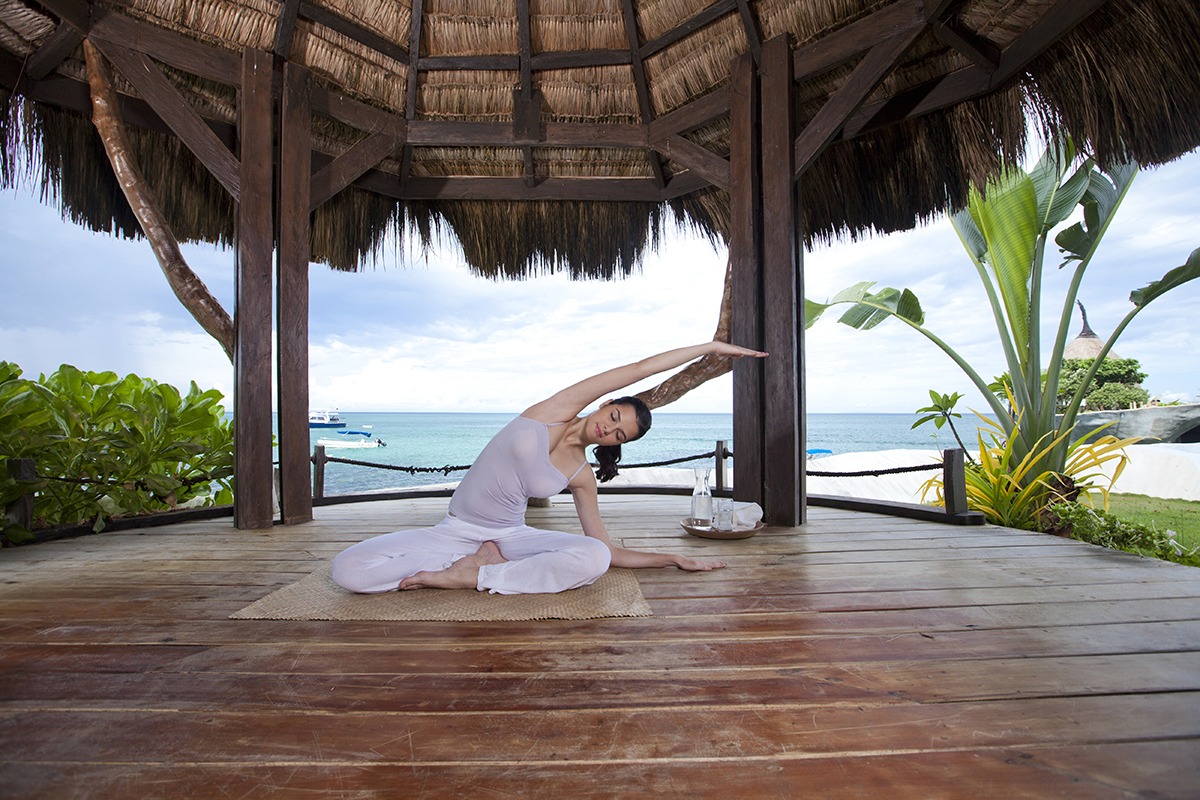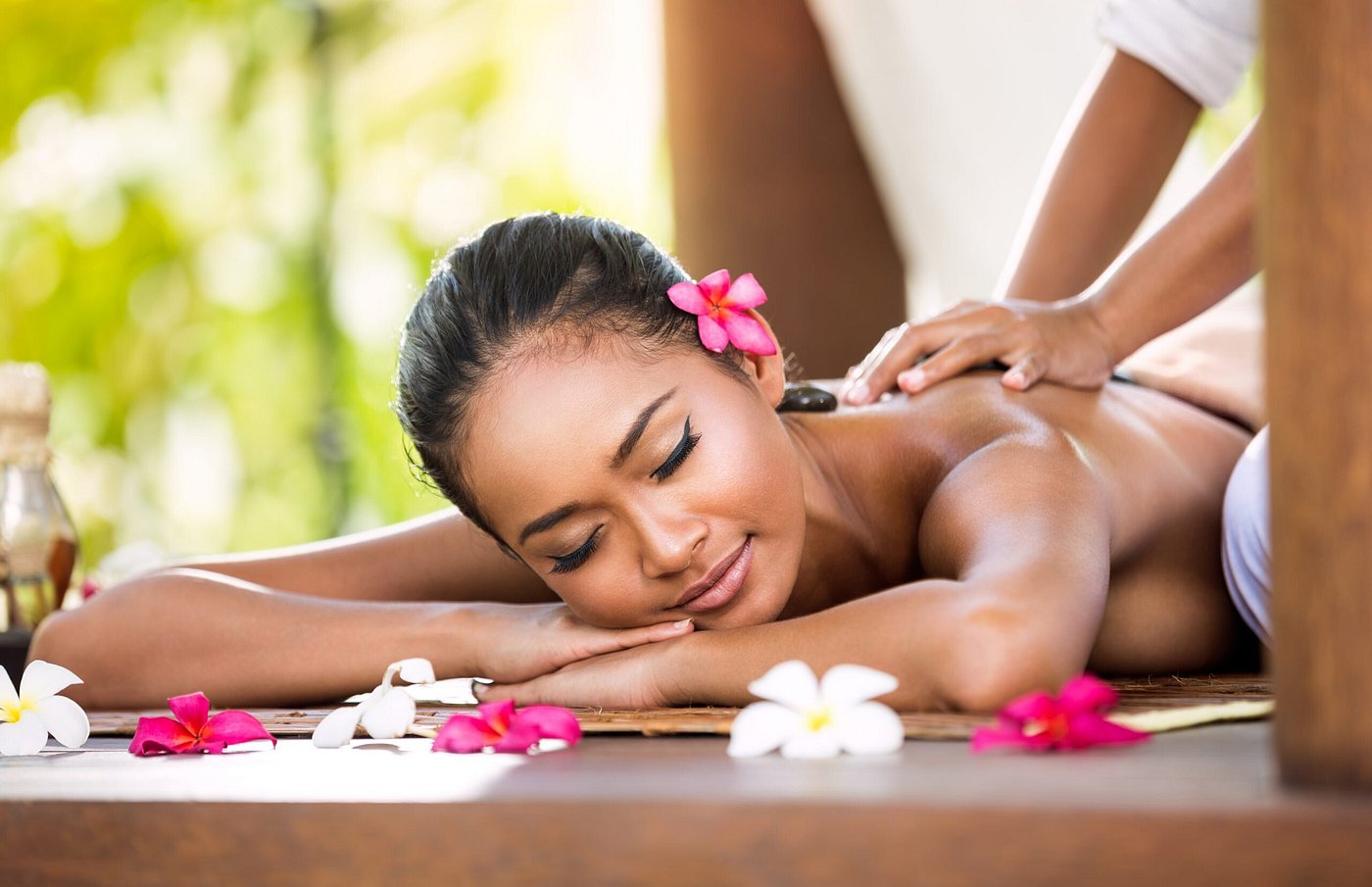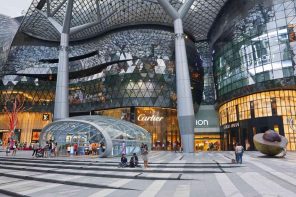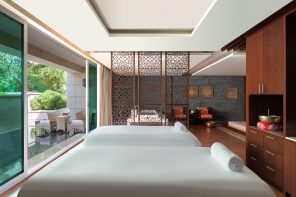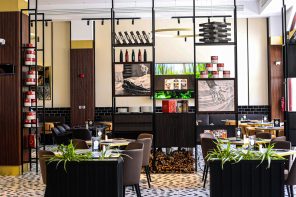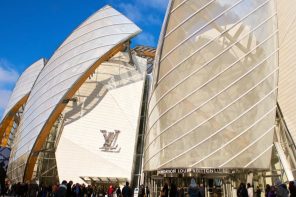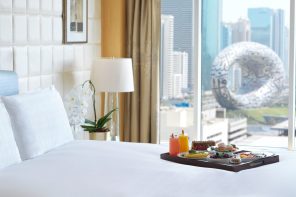The Asia-Pacific region has emerged as one of the most dynamic wellness tourism markets worldwide. Mordor Intelligence reports that the sector is valued at USD 187.78 billion in 2025, with forecasts projecting growth to USD 290 billion by 2030. This expansion is driven by hotel chains integrating wellness into their core offerings, spa and beauty treatments dominating leisure travel, and a growing preference among travelers to combine traditional tourism with wellness experiences.
Notably, spa and beauty treatments account for 19.63% of the Asia-Pacific market, reflecting the region’s deep cultural heritage in healing and rejuvenation. Hotels, meanwhile, capture 31.87% of the market share, underscoring the role of hospitality in shaping wellness experiences. A striking 86.66% of wellness tourism in Asia is secondary, meaning travelers add wellness activities to their existing itineraries rather than traveling solely for wellness.
Countries such as India, China, and Japan are actively promoting alternative therapies—from Ayurveda to Kampo—as part of their inbound tourism strategies. Meanwhile, Southeast Asian nations like Thailand, Indonesia, and the Philippines are adapting digital nomad visa programs to include wellness opportunities, with resorts offering co-working spaces and high-speed internet alongside yoga studios and spa facilities. This convergence of wellness and remote work highlights Asia’s ability to innovate and meet evolving traveler expectations.
Thailand – Wellness as a Hospitality Standard

Photo: Wellness as a hospitality standard in Thailand – Villa Analaya via The Luxury Signature
Thailand has long been a leader in Southeast Asia’s wellness economy. According to the Thailand Wellness Economy Report (C9 Hotelworks & Global Wellness Institute, 2025), the country ranks among the top 10 wellness economies in the region.
- 94% of visitors engage in secondary wellness tourism, adding spa visits, yoga, or nutrition programs to their trips.
- 60% of wellness tourists are domestic travelers, reflecting strong local demand.
- 45% of wellness hotels are concentrated in Phuket, Phang Nga, and Krabi, while 15% are located on Koh Samui, making southern Thailand a wellness hotspot.
- In 2023, wellness tourism expenditures reached USD 12.8 billion (419 billion THB).
Related article: The 14 Best Luxury Spas in Koh Samui
A key insight from the report states:
“Wellness is increasingly becoming a standard feature in hospitality, particularly in beach and resort destinations. No longer limited to dedicated wellness retreats, many hotels are now integrating wellness elements—such as yoga, nutrition, and recovery activities—into their core offerings. As consumer expectations evolve, wellness is poised to become as fundamental as having a fitness center.”
Thailand’s success lies in embedding wellness into mainstream hospitality rather than treating it as a niche offering. This integration ensures that wellness is accessible to both international tourists and domestic travelers, reinforcing its role as a cornerstone of Thailand’s tourism economy.
Philippines – A Cultural Approach to Wellness
The Philippines has positioned itself as a rising wellness destination by leveraging its cultural heritage. According to the Global Wellness Institute (2025, in partnership with the Department of Tourism):
- The wellness market expanded to USD 43.3 million in 2023, a 21% growth since 2019.
- Wellness tourism grew 61.4% from 2019 to 2023, now valued at USD 3.61 billion.
- The country recorded 2.7 million wellness trips (domestic and international).
The Department of Tourism is promoting a “Filipino Brand of Wellness”, emphasizing human connection, community, and nature. Traditional practices such as hilot (hands-on healing) and herbal medicine are being highlighted alongside nature resorts like Amanpulo, a private island resort.
A cultural perspective is captured in the following statement:
“Food plays an important role in the Filipino culture, as sharing meals with family and friends is an expression of caring and nurturing, a source of joy, and an important way to celebrate love and friendship. Filipinos also benefit from a strong heritage of traditional herbal medicine, widely used to treat a variety of ailments such as digestive problems and respiratory infections, supplemented by a healthy diet and exercise to promote wellness.”
By combining cultural authenticity with modern wellness practices, the Philippines offers travelers a holistic experience that blends healing, gastronomy, and community.
Maldives – Luxury and Nature-Centered Wellness
The Maldives has carved out a niche in luxury wellness tourism. According to the Global Wellness Institute (2025, in partnership with Joali Being wellness resort):
- The wellness economy was valued at USD 1.6 billion in 2023.
- Wellness tourism alone accounted for USD 1.007 billion.
- The country boasts 172 resorts, many of which integrate spas, sporting activities, and nutrition programs.
The Maldives also promotes Dhivehi bays, traditional medicine practices influenced by diverse cultural groups across the islands.
As noted in the report:
“With 172 resorts spread across the islands, the Maldives’ wellbeing infrastructure is well developed, offering its visitors a vast array of spas, sporting activities, healthy foods, and healing modalities that leverage its unique cultural heritage and local produce, herbs, and spices.”
The Maldives illustrates how luxury and cultural heritage can seamlessly coexist, creating a wellness ecosystem that is both exclusive and authentic. The country’s extensive resort network ensures that visitors have access to world-class facilities, from overwater spas and yoga pavilions to nutrition-focused dining experiences that highlight local ingredients.
Beyond luxury, the Maldives integrates traditional practices such as Dhivehi bays, drawing from diverse cultural influences across the islands to provide holistic healing rooted in heritage. This combination of modern wellness amenities and cultural authenticity appeals strongly to affluent travelers who seek more than indulgence—they desire meaningful connections to place and tradition.
By blending natural beauty, heritage, and high-end hospitality, the Maldives positions itself as a premier destination for wellness tourism, offering experiences that are restorative, culturally enriching, and deeply memorable.
Lessons from Asia’s Wellness Tourism Leaders
In conclusion, Thailand, the Philippines, and the Maldives are leading the way in redefining wellness tourism across Asia. Wellness has evolved from niche retreats into a mainstream expectation for travelers. In Thailand, hotels seamlessly integrate wellness alongside fitness and leisure, creating experiences that feel effortless and holistic. The Philippines draws visitors with culturally authentic practices like hilot healing and herbal medicine, offering journeys deeply rooted in heritage and community. Meanwhile, the Maldives elevates wellness to an art form, blending nature-inspired therapies with luxurious, exclusive settings that appeal to high-end travelers seeking rejuvenation.
Interestingly, most guests approach wellness as a complementary part of their trips, making accessibility and thoughtful integration essential. Southeast Asia is also innovating with initiatives like digital nomad visa programs, catering to travelers seeking the perfect balance of productivity and wellbeing. With the Asia-Pacific wellness tourism market projected to hit USD 290 billion by 2030, the region is not just meeting global demand—it’s shaping the future of holistic, culturally immersive, and luxurious travel experiences.
–
Featured Image by Agoda.com

